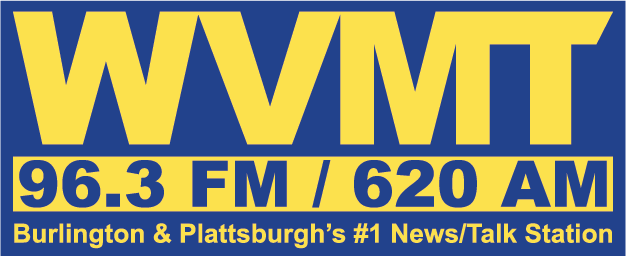MONTPELIER, Vt. (WCAX) – A new program aims to keep those on the autism spectrum safe during interactions with law enforcement.
As someone with autism, Michael Shor of UVM Autism Collaborative knows firsthand how stressful a traffic stop can be.
“I have had situations where my responses weren’t really recognized in the way that I would hope,” said Shor.
A police siren in the rearview mirror is nerve-wracking for anyone. But for drivers with autism, producing the right documents or communicating with an officer amidst the chaos can be overwhelming, even deadly.
According to the Autism Society, by age 21, one in five people with autism are stopped by police, and 30-to-50% of people killed by police have autism or another disability, with other minorities at similar or even greater risk.
“There have been cases where people have gotten injured or unfortunately even killed in those situations, and they’re rare, but the less unclear it is what you’re doing, the better when you’re a driver,” said Shor.
Hoping to safeguard drivers, the Vermont Department of Motor Vehicles and Shor, alongside the UVM Autism Collaborative, created the Blue Envelope Program. It’s a simple yet powerful concept: drivers stash a blue envelope with necessary documents in their glove compartment. During a police stop, drivers just hand over the envelope with a disclaimer that they have autism and resources for officers to navigate the conversation.
“We made something that I think is going to help a majority of people in this situation do better,” said Shor.
The Blue Envelope Program launched in Connecticut in 2020 and has since branched out into several other states. Department of Motor Vehicles Commissioner Wanda Minoli says Vermont got on board after an employee discovered the program. “They bring forward ideas, and we just keep building off that original initiative, and it’s important, it’s necessary,” Minoli said.
It’s the latest in a chain of recent changes at the DMV. Minoli says the 2019 rollout of the x-gender option on licenses was the first domino to fall. Since then, the state has implemented programs for people with deafness or hearing loss and those with language barriers among others. “You cannot communicate the same with every individual. So it starts there, and we talk about all of these opportunities, so their awareness has heightened, so they don’t have bad interactions,” said Minoli.
Shor says the blue envelope is still a work in progress. As drivers opt in, he says the UVM Autism Collaborative is eager to adapt where Vermonters with autism see fit. “We definitely want to be available to talk to about it, and also just get feedback as we sort of make the project better,” he said.
